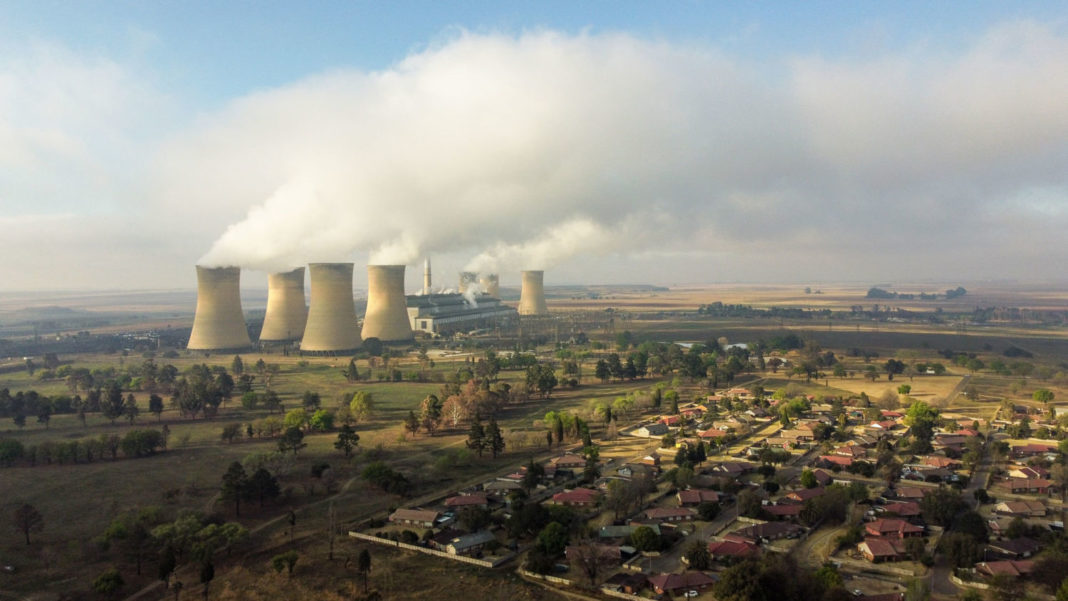This report provides estimates of the health impacts and associated economic costs of current emissions of air pollutants from coal fired power stations in South Africa. Results are provided both as a total for all power plants, and disaggregated to individual power stations.
The analysis is based on earlier work for Greenpeace International by Lauri Myllyvirta, and work by the present author for OECD under the CIRCLE (Costs of Inaction and Resource Scarcity) Study. Myllyvirta’s analysis was adopted following review of available materials, as it was found to have undertaken a robust implementation of the impact pathway approach, representing the state of the art in this field of work. The work for OECD was adopted as it is also based on full impact pathway analysis, albeit at a coarse scale) and provides results that account for conditions specific in some important respects to South Africa. The OECD work has also been widely reviewed internationally.
Results demonstrate that air pollution has a broad spectrum of effects on health, including mortality and cardiovascular and respiratory illness. The total quantified impact from the coal fired power plants considered in this analysis is valued at $int2.4 billion annually, 20% of the total $int12 billion/year national damage quantified in the OECD CIRCLE study. These costs accumulate year on year, which is clearly of great concern for plant that have lifetimes in the region of several decades.
These results do not provide a full account of the effects of coal and other fossil-derived pollutants on health for two reasons. Firstly, they omit a range of impacts that have been reported in the academic literature, but for which response-functions are yet to be widely accepted, including sub-lethal effects of stroke, treatment costs and morbidity linked to lung cancer, and effects linked to low birth weight and impaired cognitive development in children. Secondly, they are focused only on coal fired power generation, and hence do not include other industrial and non-industrial sources of pollution.
Outputs of this analysis are intended to inform the current debate on energy policy in South Africa by providing a means of accounting for the external costs of power generation from coal.




